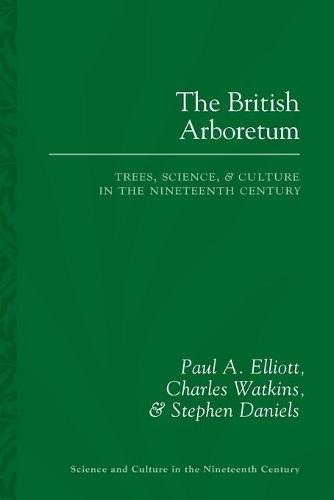Readings Newsletter
Become a Readings Member to make your shopping experience even easier.
Sign in or sign up for free!
You’re not far away from qualifying for FREE standard shipping within Australia
You’ve qualified for FREE standard shipping within Australia
The cart is loading…






This study explores the science and culture of nineteenth-century British arboretums, or tree collections. The development of arboretums was fostered by a variety of factors, each of which is explored in detail: global trade and exploration, the popularity of collecting, the significance to the British economy and society, developments in Enlightenment science, changes in landscape gardening aesthetics and agricultural and horticultural improvement.
Arboretums were idealized as microcosms of nature, miniature encapsulations of the globe and as living museums. This book critically examines different kinds of arboretum in order to understand the changing practical, scientific, aesthetic and pedagogical principles that underpinned their design, display and the way in which they were viewed. It is the first study of its kind and fills a gap in the literature on Victorian science and culture.
$9.00 standard shipping within Australia
FREE standard shipping within Australia for orders over $100.00
Express & International shipping calculated at checkout
This study explores the science and culture of nineteenth-century British arboretums, or tree collections. The development of arboretums was fostered by a variety of factors, each of which is explored in detail: global trade and exploration, the popularity of collecting, the significance to the British economy and society, developments in Enlightenment science, changes in landscape gardening aesthetics and agricultural and horticultural improvement.
Arboretums were idealized as microcosms of nature, miniature encapsulations of the globe and as living museums. This book critically examines different kinds of arboretum in order to understand the changing practical, scientific, aesthetic and pedagogical principles that underpinned their design, display and the way in which they were viewed. It is the first study of its kind and fills a gap in the literature on Victorian science and culture.